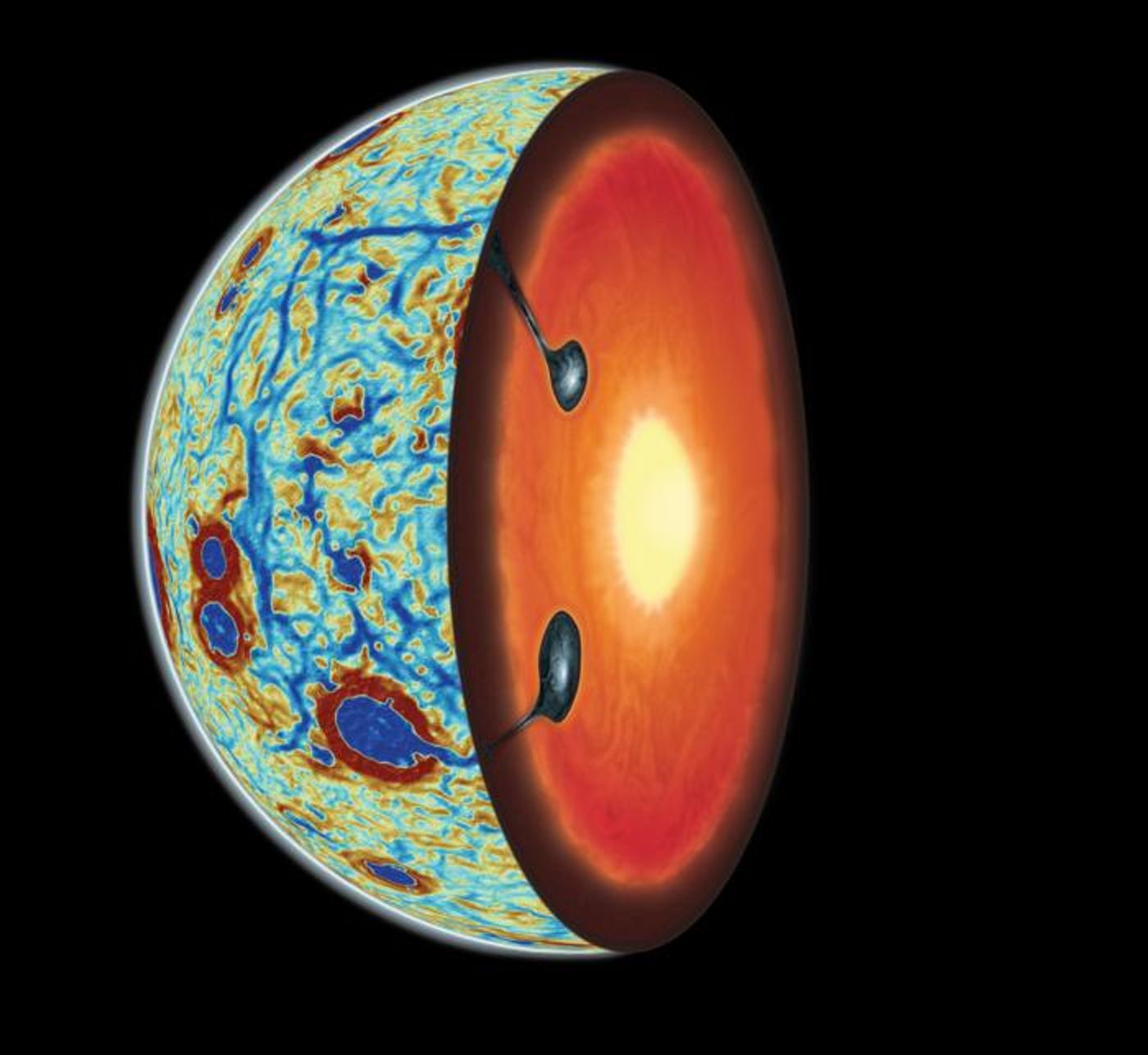The Moon's Origin Story: A Tale of Collision and Reconstruction
Our Moon has long been hypothesized to have formed from a planet-sized object colliding with the Earth. But, what happened after and how can its unique geologic exterior and interior be explained? This is what a recent study published in Nature Geoscience hopes to address as an international team of researchers led by the Lunar and Planetary Laboratory (LPL) at the University of Arizona used a combination of spacecraft data and computer models to investigate the geologic processes that led to heavier elements being present on the nearside of the Moon, which is constantly facing Earth due to being tidally locked with our planet. This study holds the potential to help researchers better understand the geologic mechanisms behind planetary formation and could lead to gaining greater insight into how rocky planets like Earth and Mars formed.
For the study, the researchers used data from NASA’s GRAIL mission, which was used to map gravitational anomalies on the Moon, and computer models to determine the distribution of ilmenite, a combination of titanium and iron, across the Moon’s nearside and how much sunk into the Moon’s interior during the Moon’s formation and evolution. It has been previously hypothesized that while ilmenite sunk to the Moon’s interior early on, portions of it returned to the surface from volcanism, and the mechanisms behind these events have led scientists puzzled.
Cutaway illustration displaying a gravity gradient map (blue hexagonal pattern) produced by the GRAIL spacecraft of the Moon’s nearside with two ilmenite-bearing downwellings demonstrating how ilmenite both sunk into the interior then returned to the surface over time. (Credit: Adrien Broquet/University of Arizona & Audrey Lasbordes)
In the end, the researchers discovered a positive correlation between the computer models and GRAIL data, indicating the Moon’s gravity field can be used to determine the locations of the leftover ilmenite that either didn’t sink to the interior or resurfaced during volcanic events. Additionally, the team estimated the ilmenite sank to the interior approximately 4.22 billion years ago, followed by portions of it resurfacing during volcanic activity later.
"For the first time we have physical evidence showing us what was happening in the moon’s interior during this critical stage in its evolution, and that's really exciting," said Dr. Jeff Andrews-Hanna, who is an LPL associate professor and a co-author on the study. "It turns out that the moon’s earliest history is written below the surface, and it just took the right combination of models and data to unveil that story."
What new discoveries about the Moon’s formation and evolution will researchers make in the coming years and decades? Only time will tell, and this is why we science!
As always, keep doing science & keep looking up!
Sources: Nature Geoscience, NASA, EurekAlert!









